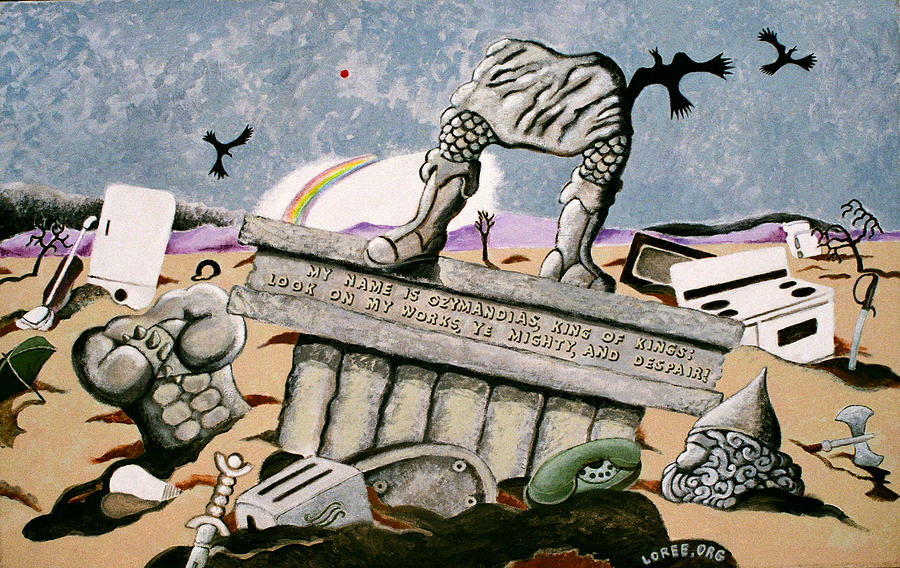

His life, his works, are inconsequential, lost to time. It does not speak of the pharaoh’s might it speaks of his ultimate unimportance. Yet this statue is in ruins, decayed, a ‘colossal wreck’, ‘half sunk’ and lost in the ‘lone and level sands’ that ‘stretch far away’. This tells us of the pharaoh’s hubris, his supreme confidence that all who come after him will know of his power, his glory, his might, and be awed – he is boasting with complete surety that his legend will endure. The lone and level sands stretch far away.’Ī traveller has told the narrator that in an ‘antique land’ (Egypt) he has seen a statue whose head is severed from its body, and in its expression can be seen a frown, a sneer, a cold attitude. Of that colossal Wreck, boundless and bare Look on my Works, ye Mighty, and despair! The hand that mocked them, and the heart that fed Which yet survive, stamped on these lifeless things,

Tell that its sculptor well those passions read Half sunk a shattered visage lies, whose frown,Īnd wrinkled lip, and sneer of cold command, Who said-‘Two vast and trunkless legs of stone It was the news of the statue’s arrival in London that galvanised Smith and Shelley to set pen to paper, and Shelley wrote the now famous poem ‘Ozymandias’, published in 1818:
KING OZYMANDIAS FULL
Once, the Younger Memnon was a full figure, 57 feet tall, with a body and legs, but now only the head remains (and in itself it weighs some seven tons). With its pair, the statue stood guard at the entrance to the Ramesseum and depicted Ramesses II. It had been excavated from the Ramesseum, the mortuary temple of Ramesses II located at Thebes, Egypt. In 1817, the British Museum in London added to its collection a granite statue known as the Younger Memnon. Known as Ramesses the Great, he was a popular pharaoh who ruled from 1279-13 BC, during the Nineteenth Dynasty. Ozymandias, in Greek, means Ramesses, and the king in question was Ramesses II. If any want to know how great I am and where I lie, let him outdo me in my work. In 1817, the writers Horace Smith and Percy Bysshe Shelley challenged each other to write a sonnet inspired by a passage by a Greek historian about a colossal statue of Ancient Egypt:


 0 kommentar(er)
0 kommentar(er)
